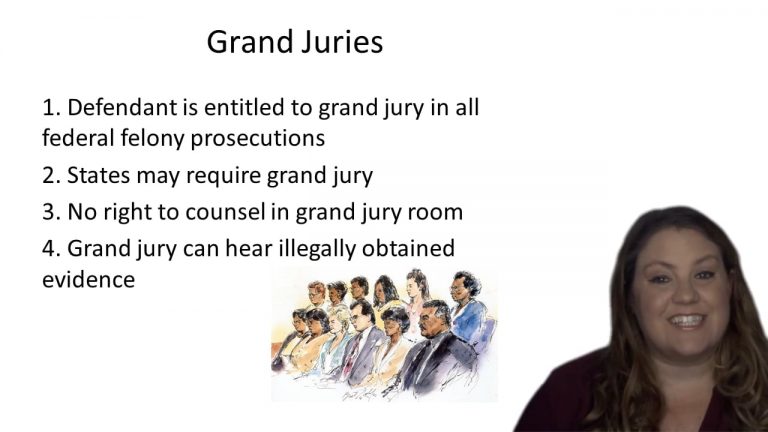SmartBrief
Confirm favorite deletion?
Criminal Procedure Keyed to Ohlin
United States v. Armstrong
Citation:
517 U.S. 456 (1996)Facts
In April 1992, respondents were indicted in the United States District Court on charges of conspiring to possess with intent to distribute more than 50 grams of cocaine base and conspiring to distribute the same and federal firearms offenses. In response to the indictment, respondents filed a motion for discovery or for dismissal of the indictment, alleging that they were selected for federal prosecution because they are black. In support of their motion, they offered only an affidavit by a “Paralegal Specialist” employed by the Office of the Federal Public Defender. The only allegation in the affidavit was that, in every one of the 24 cases closed by the office during 1991, the defendant was black.
Only StudyBuddy Pro offers the complete Case Brief Anatomy*
Access the most important case brief elements for optimal case understanding.
*Case Brief Anatomy includes: Brief Prologue, Complete Case Brief, Brief Epilogue
- The Brief Prologue provides necessary case brief introductory information and includes:
Topic:
Identifies the topic of law and where this case fits within your course outline.Parties:
Identifies the cast of characters involved in the case.Procedural Posture & History:
Shares the case history with how lower courts have ruled on the matter.Case Key Terms, Acts, Doctrines, etc.:
A case specific Legal Term Dictionary.Case Doctrines, Acts, Statutes, Amendments and Treatises:
Identifies and Defines Legal Authority used in this case.
- The Case Brief is the complete case summarized and authored in the traditional Law School I.R.A.C. format. The Pro case brief includes:
Brief Facts:
A Synopsis of the Facts of the case.Rule of Law:
Identifies the Legal Principle the Court used in deciding the case.Facts:
What are the factual circumstances that gave rise to the civil or criminal case? What is the relationship of the Parties that are involved in the case.Issue(s):
Lists the Questions of Law that are raised by the Facts of the case.Holding:
Shares the Court's answer to the legal questions raised in the issue.Concurring / Dissenting Opinions:
Includes valuable concurring or dissenting opinions and their key points.Reasoning and Analysis:
Identifies the chain of argument(s) which led the judges to rule as they did.
- The Brief Prologue closes the case brief with important forward-looking discussion and includes:
Policy:
Identifies the Policy if any that has been established by the case.Court Direction:
Shares where the Court went from here for this case.

 5m 1s
5m 1s